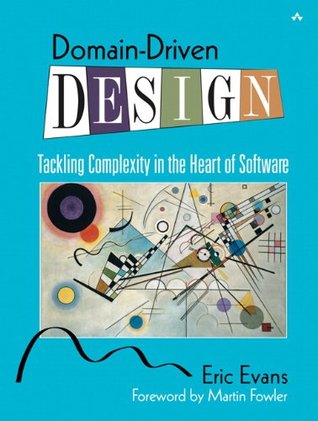More on this book
Community
Kindle Notes & Highlights
Another lesson you’ll learn from this book is that domain models aren’t first modeled and then implemented. Like many people, I’ve come to reject the phased thinking of “design, then build.” But the lesson of Eric’s experience is that the really powerful domain models evolve over time, and even the most experienced modelers find that they gain their best ideas after the initial releases of a system.
I watched one project get out of the gate fast, by delivering a useful, simple Web-based trading system. Developers were flying by the seat of their pants, but this didn’t hinder them because simple software can be written with little attention to design. As a result of this initial success, expectations for future development were sky-high. That is when I was asked to work on the second version. When I took a close look, I saw that they lacked a domain model, or even a common language on the project, and were saddled with an unstructured design. The project leaders did not agree with my
...more
Yet the most significant complexity of many applications is not technical. It is in the domain itself, the activity or business of the user. When this domain complexity is not handled in the design, it won’t matter that the infrastructural technology is well conceived.
A model is a simplification. It is an interpretation of reality that abstracts the aspects relevant to solving the problem at hand and ignores extraneous detail.
Every software program relates to some activity or interest of its user. That subject area to which the user applies the program is the domain of the software.
model is a selectively simplified and consciously structured form of knowledge. An appropriate model makes sense of information and focuses it on a problem.
The model is the backbone of a language used by all team members. Because of the binding of model and implementation, developers can talk about the program in this language.
The heart of software is its ability to solve domain-related problems for its user.
In the old waterfall method, the business experts talk to the analysts, and analysts digest and abstract and pass the result along to the programmers, who code the software. This approach fails because it completely lacks feedback.
Domain experts have limited understanding of the technical jargon of software development, but they use the jargon of their field—probably in various flavors.
On a project without a common language, developers have to translate for domain experts. Domain experts translate between developers and still other domain experts. Developers even translate for each other. Translation muddles model concepts, which leads to destructive refactoring of code.
The vocabulary of that UBIQUITOUS LANGUAGE includes the names of classes and prominent operations. The LANGUAGE includes terms to discuss rules that have been made explicit in the model.
Persistent use of the UBIQUITOUS LANGUAGE will force the model’s weaknesses into the open. The team will experiment and find alternatives to awkward terms or combinations. As gaps are found in the language, new words will enter the discussion. These changes to the language will be recognized as changes in the domain model and will lead the team to update class diagrams and rename classes and methods in the code, or even change behavior, when the meaning of a term changes.
Play with the model as you talk about the system. Describe scenarios out loud using the elements and interactions of the model, combining concepts in ways allowed by the model. Find easier ways to say what you need to say, and then take those new ideas back down to the diagrams and code.
If sophisticated domain experts don’t understand the model, there is something wrong with the model.
If the people who write the code do not feel responsible for the model, or don’t understand how to make the model work for an application, then the model has nothing to do with the software. If developers don’t realize that changing code changes the model, then their refactoring will weaken the model rather than strengthen it. Meanwhile, when a modeler is separated from the implementation process, he or she never acquires, or quickly loses, a feel for the constraints of implementation. The basic constraint of MODEL-DRIVEN DESIGN—that the model supports an effective implementation and abstracts
...more
A good SERVICE has three characteristics. 1. The operation relates to a domain concept that is not a natural part of an ENTITY or VALUE OBJECT. 2. The interface is defined in terms of other elements of the domain model. 3. The operation is stateless.


